|
|
|
| Uyghur Culture | |
|
Uyghur Photo Site |
Site Manager |
Contact Page |
Information |
In the World |
Kashgar-Atush |
Turpan |
Urumchi-Qaramay |
Qumul-Korla |
Hoten-Aksu |
Ili-Altay |
Kucha |
People |
Culture |
Nature |
Favorite Links |
Uyghur Photo Guest Book
|
|
| Here are some pictures of Uyghur Culture Since it was along the route of ancient Silk Road, The Uyghur Region became a passway for trade and commercial exchange between East and West, at the same time the melding and exchanges bewteen Asian and Euroupian Cultures. Ferdinand von Richthofen (1833 - 1905) considers the Valley of Pamir and Tarim in Uyghur Region to be the center of the first civilization,The desolate wastes of the Takla Makan Desert, Uyghur Region, at the heart of central Asia, are haunted by an ancient mystery. It was here, long ago, that East and West -- two of the greatest civilizations on earth -- made imperceptible contact. Now, the echoes of voices long silent are offering startling testimony. Like other detective stories, this one begins with a dead body. This woman, and others like her, are as old as 3,800 years, yet remarkably well preserved. More startling yet, the mummies are clearly not Chinese, but they provide evidence to solve the riddle of ancient China's interaction with the West. An expedition is now setting out into the Takla Makan,Uyghur Region headed far across the dunes and deep into a long lost past. The quest to reclaim the mummy peoples' story began when Chinese scholar, Victor Mair, virtually stumbled on the most important find of his career. Beaten into the land by traders' caravans and conquering legions about 2,000 years ago, it was the interstate highway of the ancient world, a bustling corridor where disparate cultures rubbed elbows and exchanged precious goods and ideas. The Silk Road, 4,000 miles long, spanned the entire world as the ancients knew it -- at one end, the great civilizations of Rome and Greece. From there, the route made its way across the near East and through the untamed Russian Steppes. Those who survived the brutal winds and marauding pirates went on to confront forbidding mountains and white-hot dunes. Crossing the Takla Makan Desert was the final ordeal, Over the centuries, the Silk Road sprouted a civilization of its own. It was as fantastically long as it was oddly narrow, lined with imposing temples and thriving cities.It was thought that these structures were built by the Chinese, but it now seems that the architects were a little-known local people known as the Tocharians, who seem to have appeared in these parts over 2,000 years ago. Some of their cities were located remarkably close to the ancient mummy graveyards in the Takla Makan, suggesting that this mysterious tribe may be connected to the mummy people. |
|
|
Local Musician In Uyghur Region |
|
| This garment from Uyghur Region includes the oldest cashmere ever found. Study of garments worn by 3,000-year-old mummies excavated in Uyghur Region Tarim Basin (see ARCHAEOLOGY, March/April 1995) has yielded the world's oldest cashmere threads. Other mummies wore wool twills woven in a plaid design dating to 720 B.C. that required looms most likely brought by settlers from the Eurasian steppes. Irene Good of the University of Pennsylvania and Elizabeth J.W. Barber of Occidental College examined textile samples from two sites, Chärchän and Qumulk, where mummies have been excavated since the late 1970s by Uyghur and Chinese scholars. Good identified the cashmere threads from Chärchän by their shape, fineness, and consistency of diameter. "The Chärchän textiles indicate a high degree of skill in sorting and spinning fibers," she says. "The presence of cashmere shows a very sophisticated breeding of goats for the fleece." The plaid twill was dyed blue and derived from a hairy, rather than woolly, fleece. Barber says there is no evidence that the Chinese ever made wool twills on their looms, which were designed for silk, and that wool-weaving technology arrived with the western settlers of the Tarim Basin ca. 1800 B.C. |
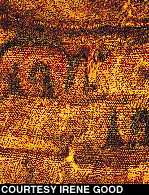 |
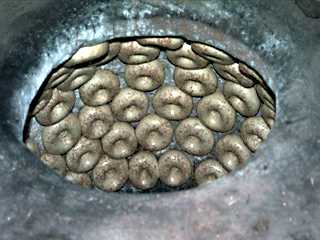 |
Nan/Girde (crusty pancakes) Nan is a staple food for the Uyghurs, ,Making a nan is similar to making a pancake. The materials include wheat flour, corn flour or sorghum flour, with such seasoning as sesame seeds, onions, eggs, vegetable oil, butter, milk, salt and sugar. With a golden yellow surface, nang are crispy and delicious. |
| Spinning home-grown silk. Spinning home-grown silk. |
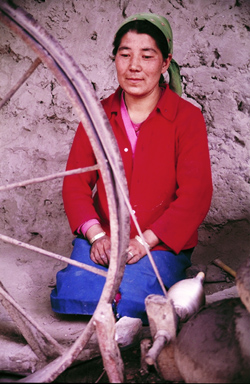 |
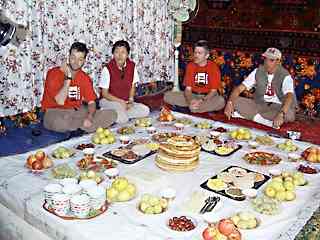 |
Standard Table For meal the preparation an amazing lunch for the Guest . Irrigation enables farmers at the edge of the desert grow fresh fruit. |
| Kroran Beauty for the Ancient City This photo shows the 4,000 year old mummy from Loulan who died when she was about 40. Next to her head there is a basket which contains grains of wheat. |
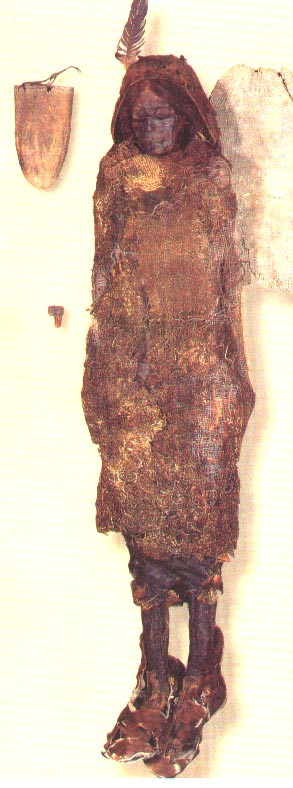 |
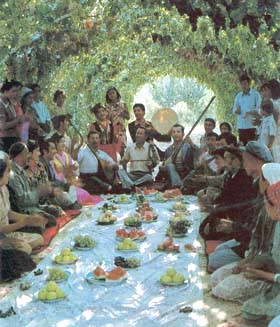 |
Grape Yard Dining in the local tradition, under a grape arbor |
| Manta- dumplings Another delicious meal of local dumplings: First chop the mutton, beef and sheep's-tail fat into small cubes. Add chopped onions, salt and pepper to make the stuffing. Wrap the stuffing in dough, and put in an oven to roast for 20 minutes. The dumplings are thin-skinned, with tender meat stuffing and very delicious. The Uyghurs often eat these together with Nan (crusty pancakes) and rice to be eaten with the hands |
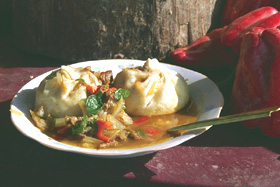 |
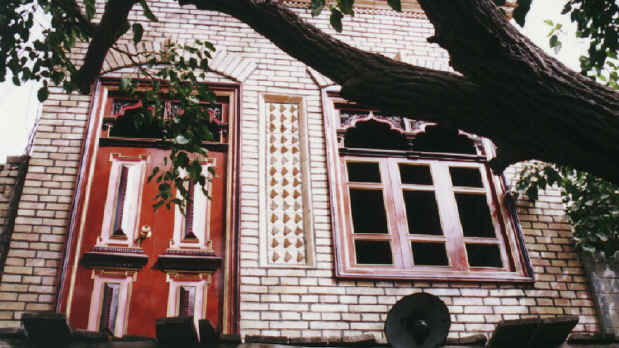 |
Dwelling |
| Hustar One of the musical instruments called Hushtar |
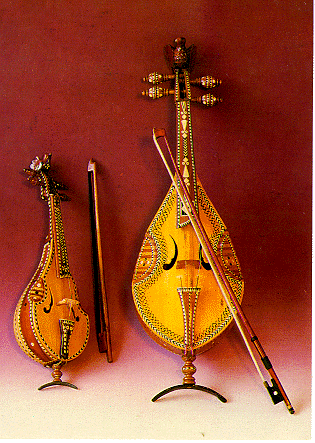 |
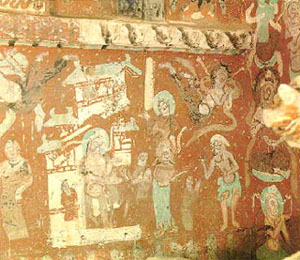 |
Religion and Art of the Silk Road The surviving remnants of an intensely artistic Buddhist civilization were to remain interned until the late 19th century, when a new generation of "foreign devils" undertook archaeological excavations in the Tarim Basin in Uyghur Region . |
| An Old Carpet In Uyghur Region |
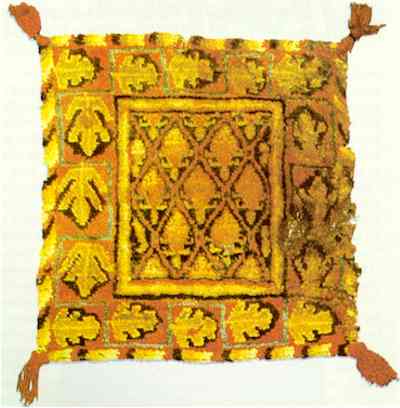 |
 |
|
| |
 |